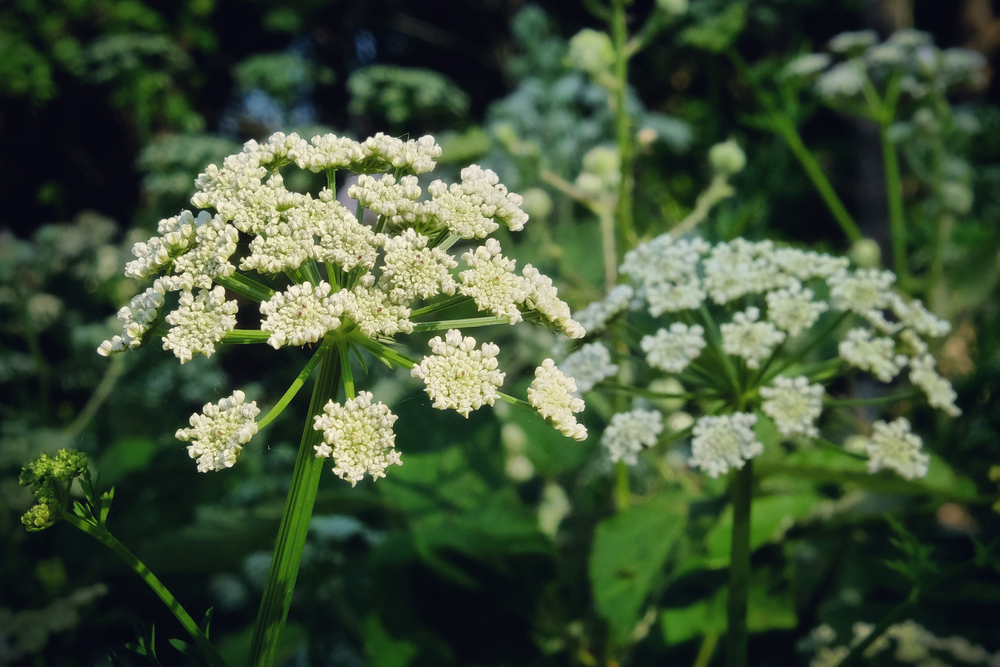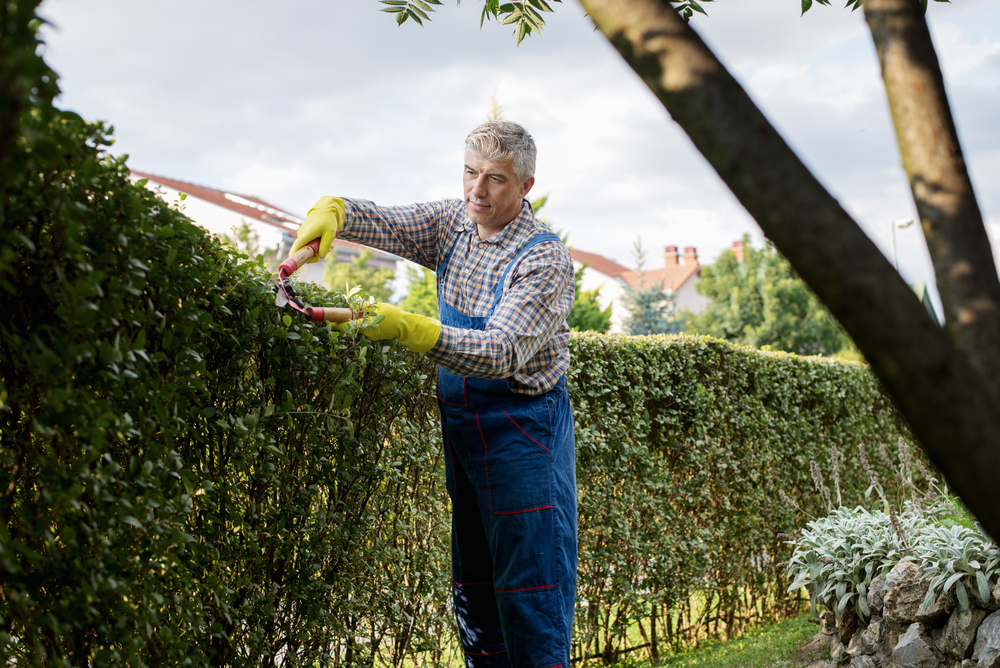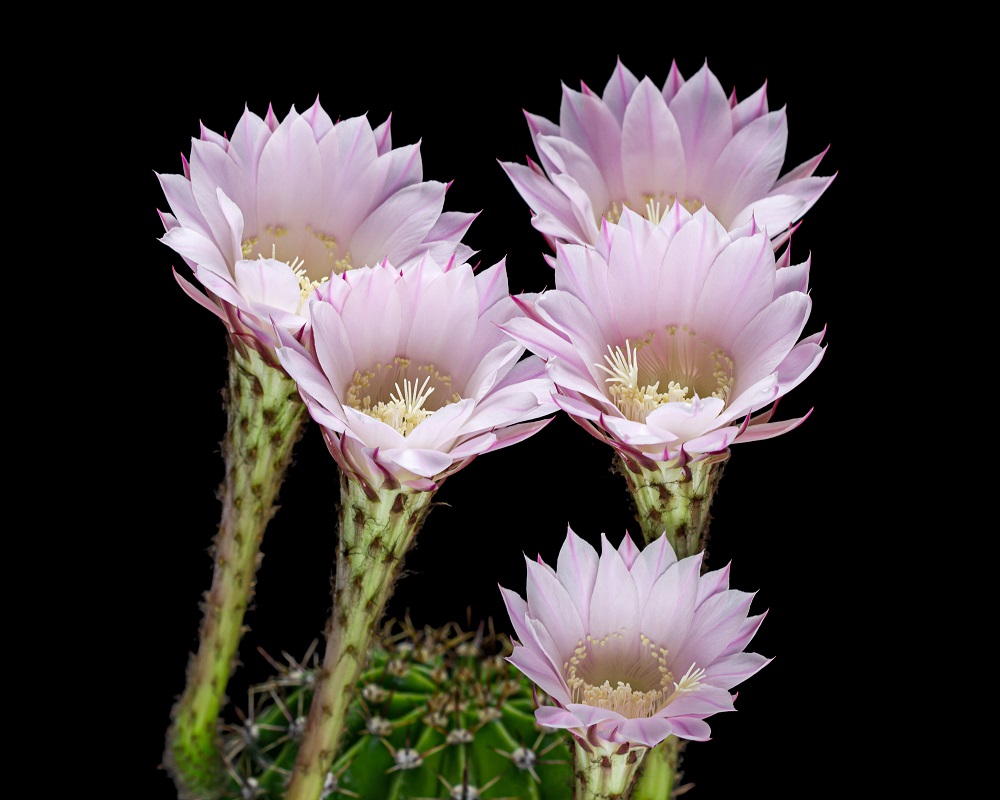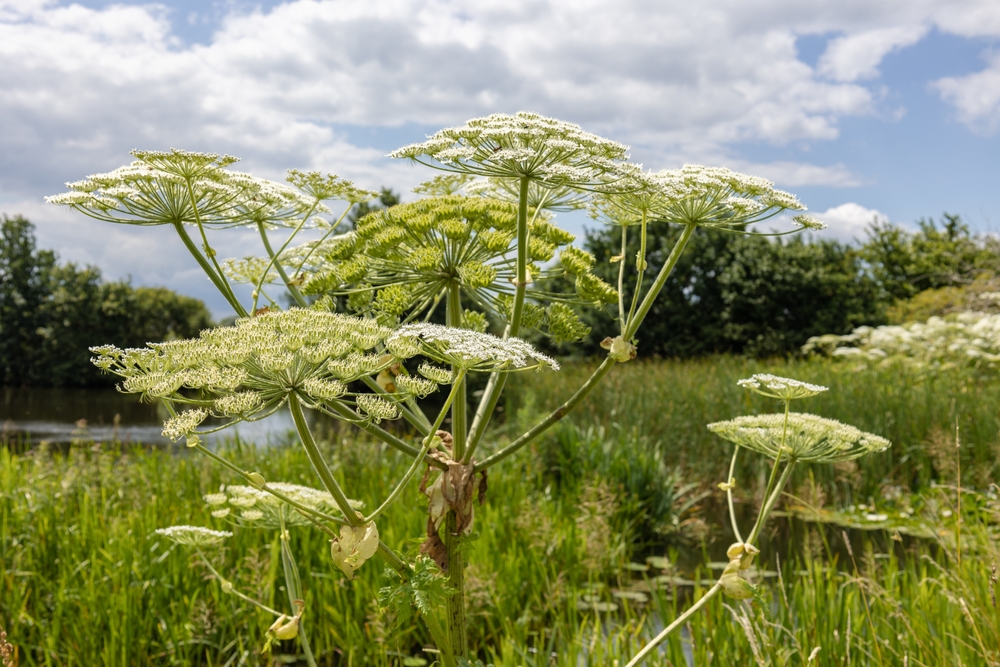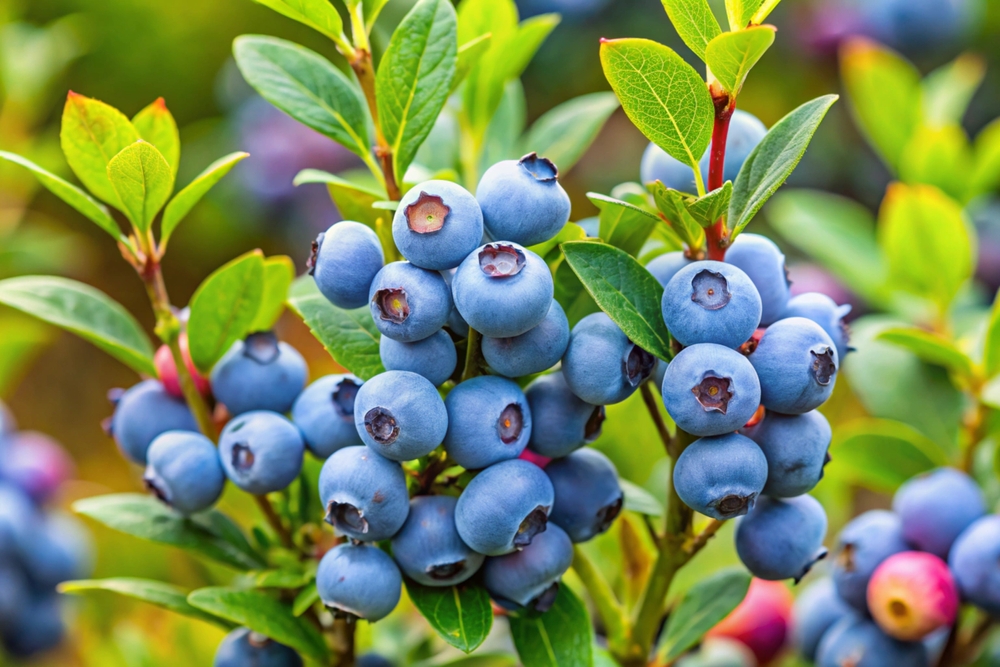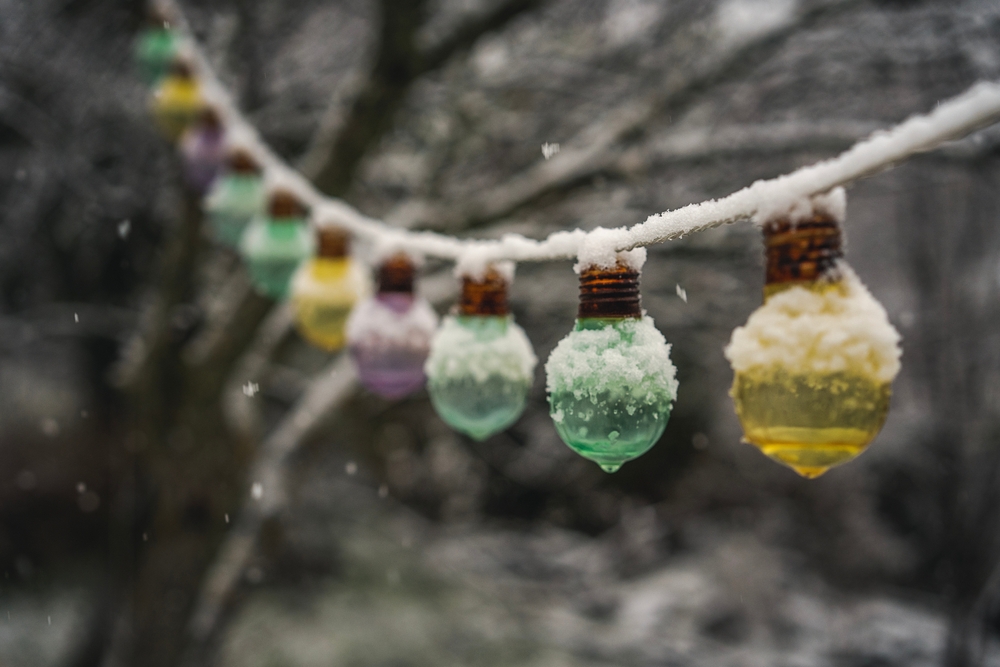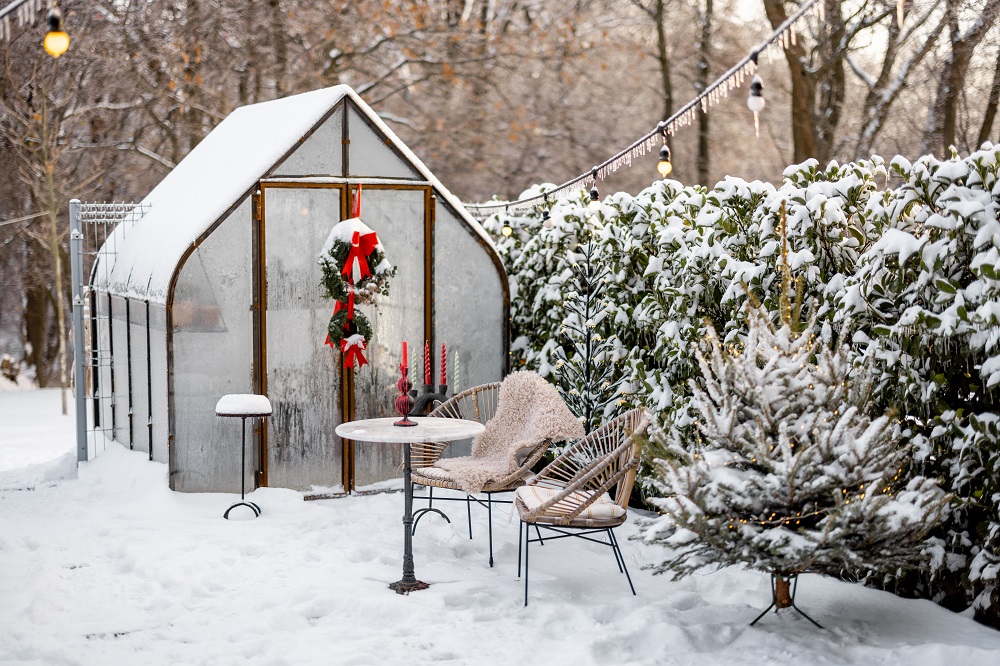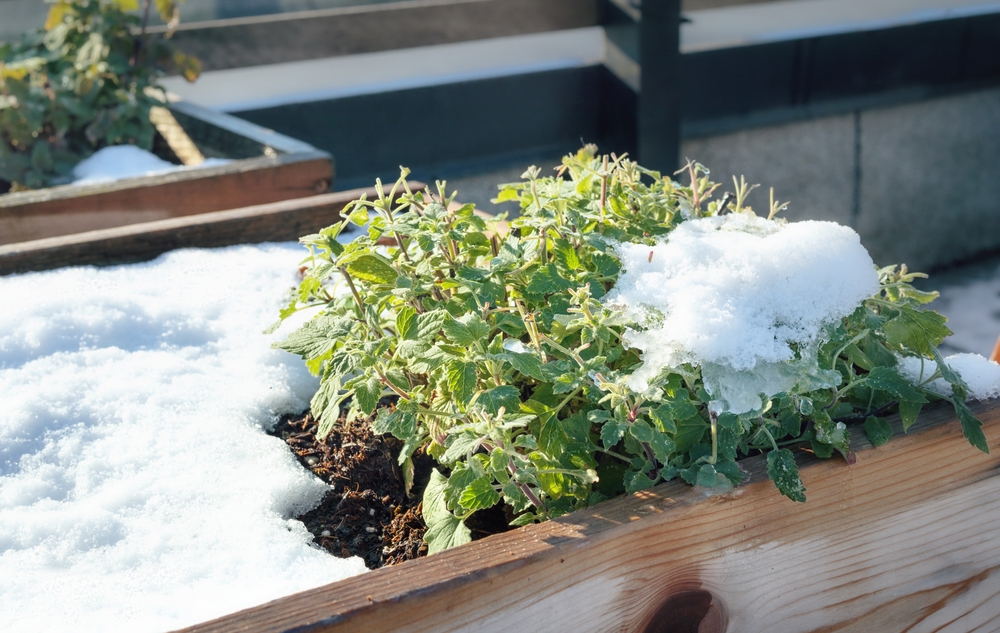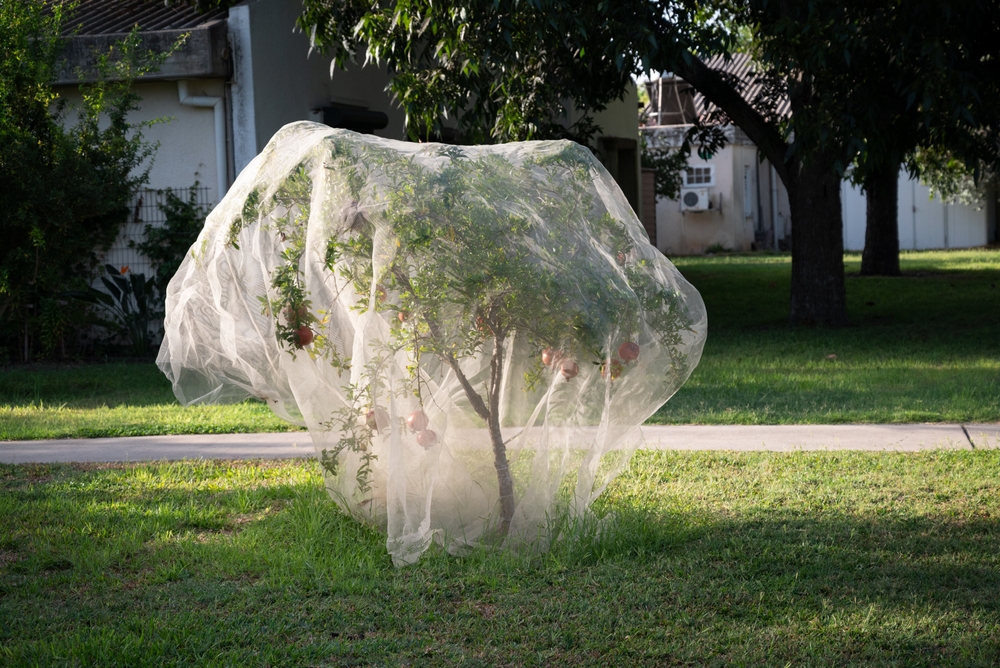Embracing the Change: My Guide to Fall Garden Cleanup and Winter Preparation
The vibrant colors of summer slowly fade into the warm hues of fall, and the garden enters a transformative phase. For me, gardening is more than a hobby, it’s the best way to connect with nature, find peace, and also stay active. Since I turned 40 I discovered how much I love gardening and as the years pass by, I am becoming more and more passionate about my garden. I learned some valuable tips and discovered some tricks and I am ready to share with you all I know about the importance of preparing your garden for winter.
When I first started gardening I didn’t understand how important is to ensure your garden a flourishing start when the spring arrives. I used to make fast cleanups and hope for the best… but a real gardener should pay attention to its beautiful oasis, especially when it’s going through significant changes.
Matt Blashaw, a licensed contractor and Spectracide partner says that during the cold months, it’s essential to have the lawn in the best shape possible. I understood the hard way that my garden would never look good if I didn’t work for it. So, here’s my personal journey and the tips I learned so far about garden maintenance and fall cleanup. I am ready to share everything with you. Just keep reading.

15 Fall Cleanup Tips
1. Assess your garden
The first thing you need to do is to assess your garden by walking through each section and taking notes of what thrived and what survived. This way, you’ll easily identify the spots that will need extra attention next year.
I keep a garden journal and I write there all the important tips and tricks I learn about gardening. I totally recommend you try this method, because I can see significant changes in the way it looks and also in the way I feel. I love every inch of my beautiful garden and the fact that every corner is aesthetically pleasant makes me incredibly happy and fulfilled.
Since my husband passed away, I didn’t know what kind of hobby to opt for and everything seemed just inappropriate for me and my type… until one day when I decided to invest time in gardening. It was one of the best decisions of my life. It not only helped me significantly change the aspect of my home, but it also helped me find my inner peace and rediscover myself… and nothing beats that.
Remember that even though you are not as passionate as me in the beginning, baby steps are still great and you will start to feel better and better. Connecting with nature is underrated and its benefits are overlooked. But I can guarantee you, that once you try making time for yourself and set yourself free while gardening, there’s no turning back. You’ll surely fall in love with the entire process.
2. Clear the beds
One of the most important steps is to clean all the beds and remove spent plants. Once you’ve assessed your garden, this step is crucial and it helps you prevent diseases and pests from overwintering.
Over the years I learned that is not a good idea to leave plants until they decompose by themselves and enrich the soil because it will only attract unwanted guests. Now, I make sure annually, that I remove everything and cut back perennials to keep my garden healthy.
3. Dealing with weeds
As you may already know, weeds are relentless. Tackling them in the fall ensures they don’t come back and take over in the spring. A great trick I found is that a wedding session in the fall makes a huge difference. I also used to add a layer of mulch after a wedding, and this way, I suppress new growth. It might take you some precious time, but trust me, your hard work will pay off and the entire process is totally worth it.
4. Composting
Fall garden cleanup generates a lot of waste, but it’s all organic and can be easily transformed into compost. It helps form a rich soil for next year. I recently discovered that my compost pile is a treasure trove for my garden. I layer green (nitrogen-rich) and brown (carbon-rich) materials, turning them occasionally. By spring, without a lot of effort, I have the best compost, ready to nourish my plants.
5. Trim rogue branches
Make sure to trim damaged branches that may fall and cause trouble over the winter. If the cleanup is well done, you won’t need to worry about your garden until spring. So, make sure you do it once, but most importantly, do it right. It will save you a significant amount of time.
I learned to focus on removing dead, diseased, or damaged branches and leave major pruning for late winter or early spring.
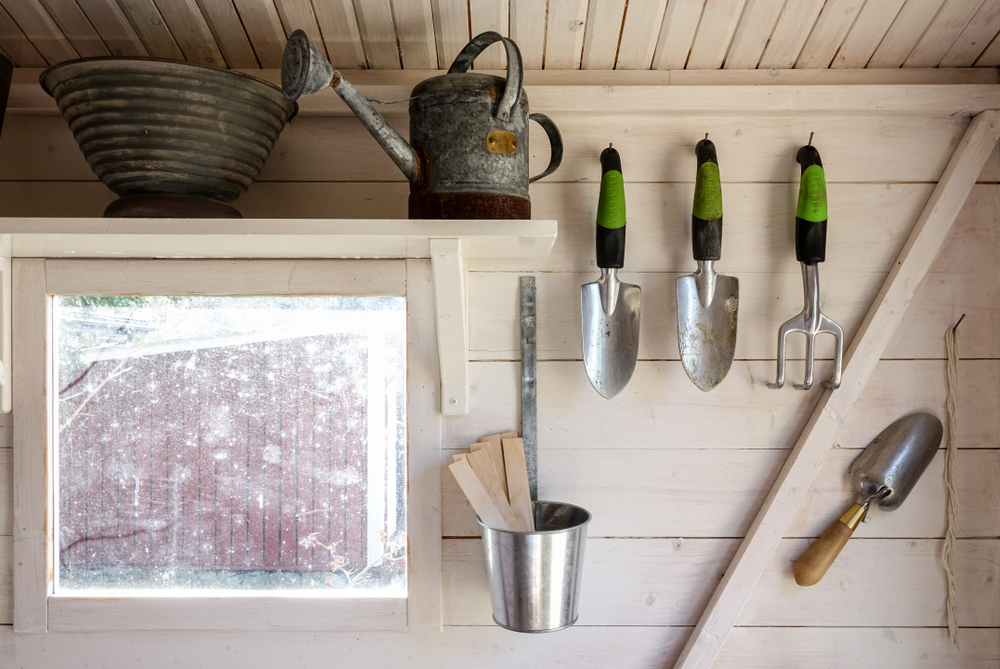
6. Take care of your tools
Trust me, properly cared-for tools make gardening easier and more enjoyable. Clean your tools and store them correctly, to ensure they’re ready for spring.
I learned from my mistakes and I don’t leave my tools to rust over the winter anymore. The best is to clean and oil them before storing them in a dry place. This practice saved me a lot of money.
7. Prepare your perennials and bulbs
As you already know, to survive, perennials and bulbs need special care to survive the winter. I dig up tender bulbs like dahlias and store them in a cool, dry place. For hardy perennials, I add a layer of mulch around their base to protect them from freezing temperatures. Follow these steps and they’ll beautifully bloom in the spring.
8. Winterizing water features
In case you have a fountain in your garden, or other water features that can freeze during winter time, make sure you winterize them and prevent any kind of damage. I learned a few years ago that leaving water in my fountain caused huge cracks that cost me A LOT of money. So, please drain and cover all water features to protect them as well as you can from the winter cold!
9. Protect cold-sensitive plants
Take care of all the sensitive plants during wintertime. How to keep them in top shape? The best tip is to add mulch to their base and wrap them in cloth barriers to prevent damage from freezing. Depending on the type of plant and climate, you can use a single blanket or more layers. If it is really cold, you can also cover them in plastic. Trust me, it does magic and your flowers will beautifully bloom in spring.
10. Plant blurbs and shrubs
Some plants must be planted in the fall. If you want to add hyacinth to your garden, fall is the best season to plant it. There are also some fall annuals like pansies that can add some color and life to your yard, while other plants go to sleep.
11. Give the deck a wash
You can prevent the forming of mold by giving your deck a very good wash. Pressure washers can be rented from garden stores, in case you don’t have one at home. So, don’t worry, it’s simpler than you can imagine!
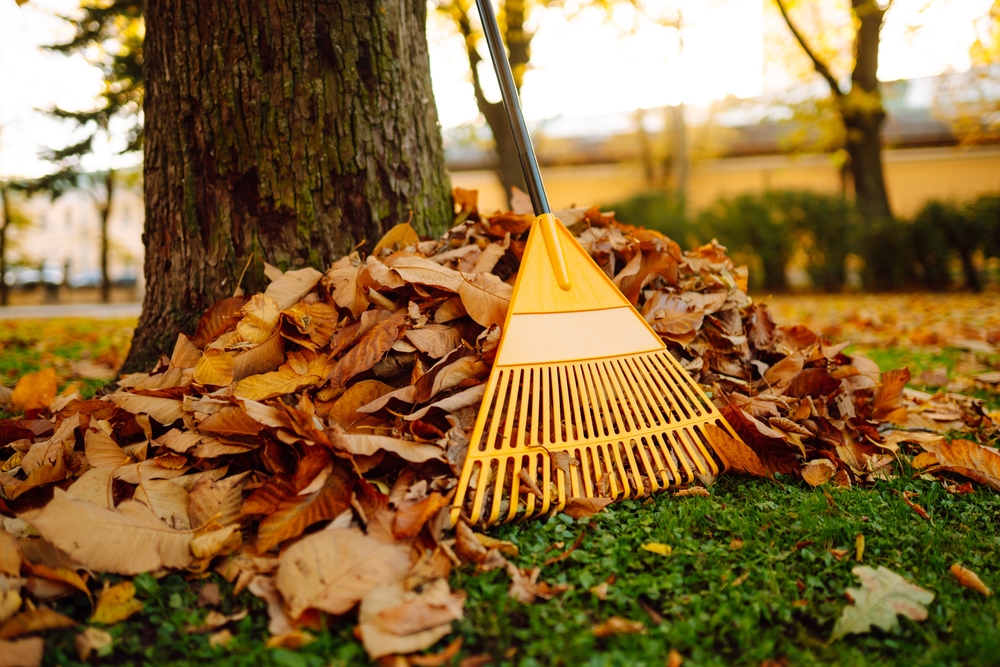
12. Don’t throw away those fall leaves
Did you know that leaves are a natural mulch for your garden? All you need to do is rake them into a lawn and run over them. Sounds funny, doesn’t it? Once you do that, you can rake them back into the perennial and shrub beds. The leaves are a great source of soil nutrition and you should take advantage of their benefits for your garden.
13. Protect the young trees and shrubs
As you already know, most of the young trees are really sensitive and vulnerable when it comes to cold weather and the damage that can be produced by winter. Protecting them wisely ensures their growth, and most importantly, their survival.
Here is what I learned to do: I wrap the young trees with tree guards. This way, I can prevent damage from frost and pests. When it comes to shrubs, I use stakes and burlap to create simple windbreaks. Trust me, these methods work perfectly. I started applying them a few years ago and all my trees are now happy and healthy.
14. Experimenting with winter gardening
Do you want to keep your garden active during the cold months? You should try winter gardening. Grow cold-hardy vegetables or use indoor grow lights. Last winter, I managed to successfully grow spinach and kale in my garden. Indoors I used grow lights to keep herbs and small vegetables thriving. My efforts were totally worth it because my little garden provided fresh produce but also kept my gardening spirit alive all over the year. I can’t imagine my life without gardening anymore. It’s clearly my go-to activity and space, whenever I feel depressed or anxious.

15. Prepare for your next gardening projects
The best time to start planning new projects, it’s by far during fall. You can consider building raised beds, installing irrigation systems, or even expanding your garden. Planning since fall will help you be organized in spring when nature comes back to life.
I used to make a to-do list and always ended up losing them. Not long ago, I discovered how useful a gardening journal is. I like to sketch out my ideas and create lists of materials and tasks needed for each project. This planning phase became almost as exciting as the actual work. Most importantly, it helps me stay active, and motivated, and last but not least, organized.
When is the best time to start?
The yard clean-up should begin in September, at the start of the fall. It’s best to start working before the temperatures drop down. Preparing your garden for winter on beautiful warm days will not only help you ensure a great space for the spring but will also help you feel better. Preparing things for the next season and getting rid of all the useless items will also feel like a mental cleanup. So, a win is a win. I also recommend you search for a relaxing fall playlist and have a great time while gardening. Who said that it should be a stressful activity? You just need to find your balance and understand the main tricks. Once you do that, fall cleanup will feel really nice.
Essential tools and items for a correct fall garden cleanup
After a lot of time spent gardening, I finally learned which tools and items are indispensable for an effective and efficient garden cleanup. Below, you’ll find the essentials:
- Garden gloves
Gloves are a must while gardening, no matter the task! Their role is to protect your hands from thorns, sharp branches, and soil-borne pathogens. Keep in mind that a high-quality pair of gloves can also keep your hands warm in the colder days.
I learned to always opt for gloves that are both durable and flexible.
- Pruning shares and loppers
While pruning shares are essential for trimming back perennials, shrubs, and small branches, loppers are great for cutting thicker branches.
- Rakes
If you are a true gardener, you should already know that rakes are indispensable for gathering leaves, and debris, and cutting from your garden beds and lawns.
I have both a traditional metal leaf rake and a fan-shaped plastic rake. The metal rake is great for heavy-duty tasks, while the plastic one is lighter and easier to work with, especially when the leaves are wet.
- Wheelbarrow and garden cart
You need one of these to transport heavy loads of leaves or compost. It’s very practical, reduces physical strain, and makes moving things easier than you can imagine. I turned my garden upside down, just by myself, using a wheelbarrow. You can do anything you put in your mind with the right tools!
I used to lose a lot of time and energy by carrying everything by hand. It was a huge mistake and I always ended up exhausted. My life has significantly improved since I understood which are the essential tools for my garden.
- Compost bin or pile
The best way to recycle garden waste is by composting and creating a soil rich in nutrients for your plants. If you have a compost bin, you can easily collect organic materials such as leaves or grass clippings.
- Mulch
The mulch protects the soil from erosion, retains moisture, and regulates temperature. It also improves soil structure and fertility. So, you really needed it for your gardening process.
I’ve noticed that my plans grew healthier after I spread a thick layer over my garden beds. The best part is that it also reduces the number of weeds I have to deal with in the spring.
- Garden fork
A garden fork is ideal for turning soil, breaking clumps, and incorporating compost into your garden beds. It’s also really useful for lifting and dividing perennials.
Make sure you choose a sturdy garden fork with sharp tines. With such a tool, you’ll be able to quickly work with the soil and compost. Personally, I prefer a fork with a long handle, because it reduces the strain on my back.
- Hose and watering can
No matter the season, your plants need adequate moisture to prepare for the winter months. I recommend you a hose with a spray nozzle that allows you to water large areas efficiently. On the other side, a watering can is perfect for more precise watering around delicate plants.
- Plant labels and markers
Keep in mind that labeling is essential, especially for newly planted perennials and bulbs, because this way, you’ll easily remember where is their location. This trick is particularly useful in larger gardens, but I still use it and it works for me perfectly.
In case you want to try the method, make sure you opt for water-resistant labels and permanent markers. This practice helped me track my bulb locations. So, I definitely recommend it, especially if you are new to gardening.
- Protective clothing
As you already know, fall weather is very unpredictable and you should avoid getting sick while gardening. Always wear appropriate clothing while you spend time working in your garden. Your clothes choices should be comfortable, but should also protect you and keep you warm. Ah! And don’t forget about a good pair of waterproof boots and a wide-brimmed hat! Now your outfit is complete!
What do you love most about gardening? Let us know in the comment section. Your answer will surely inspire the new gardeners.
Also, before leaving, make sure you check out another related article: 8 Stunning Flower Bulbs You Can Only Plant in the Fall.

